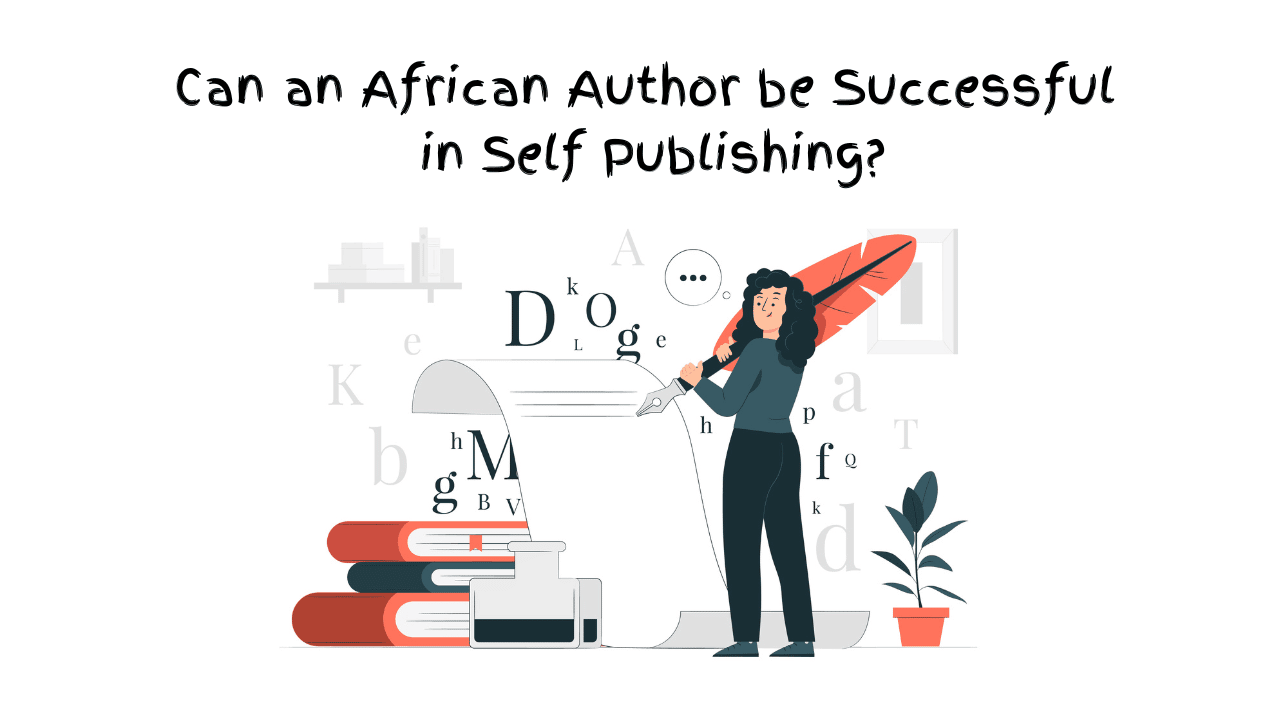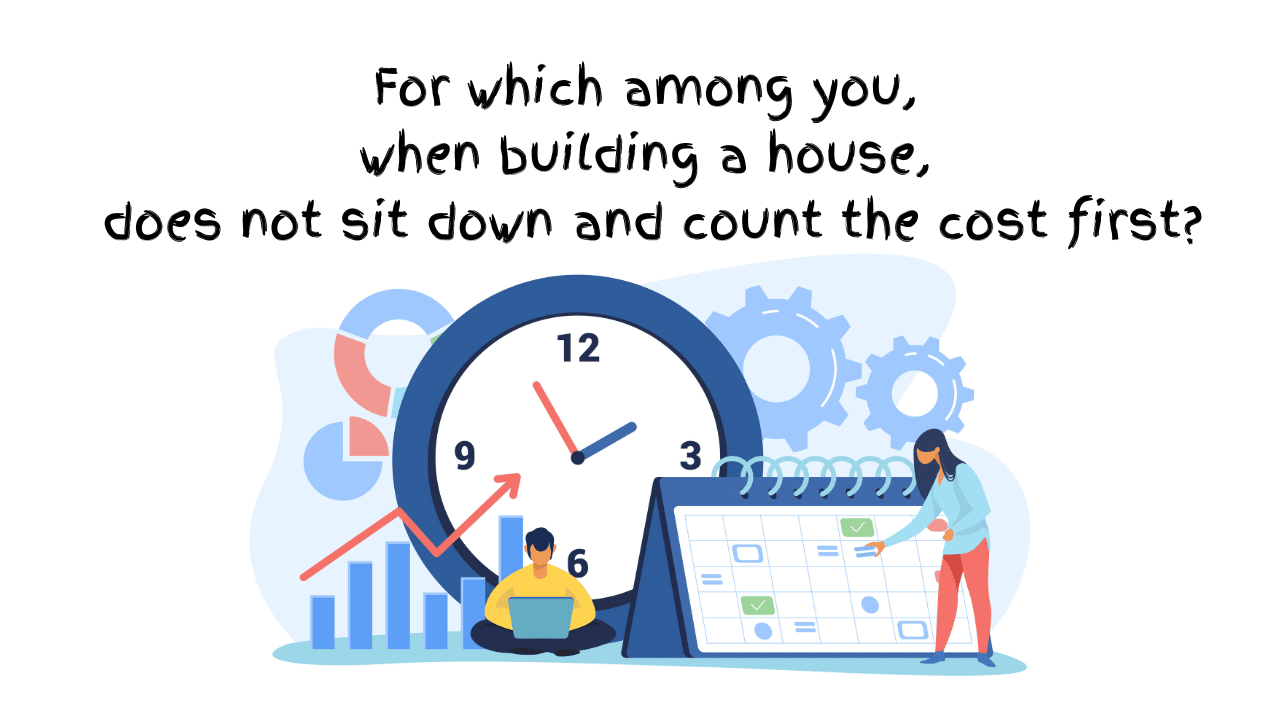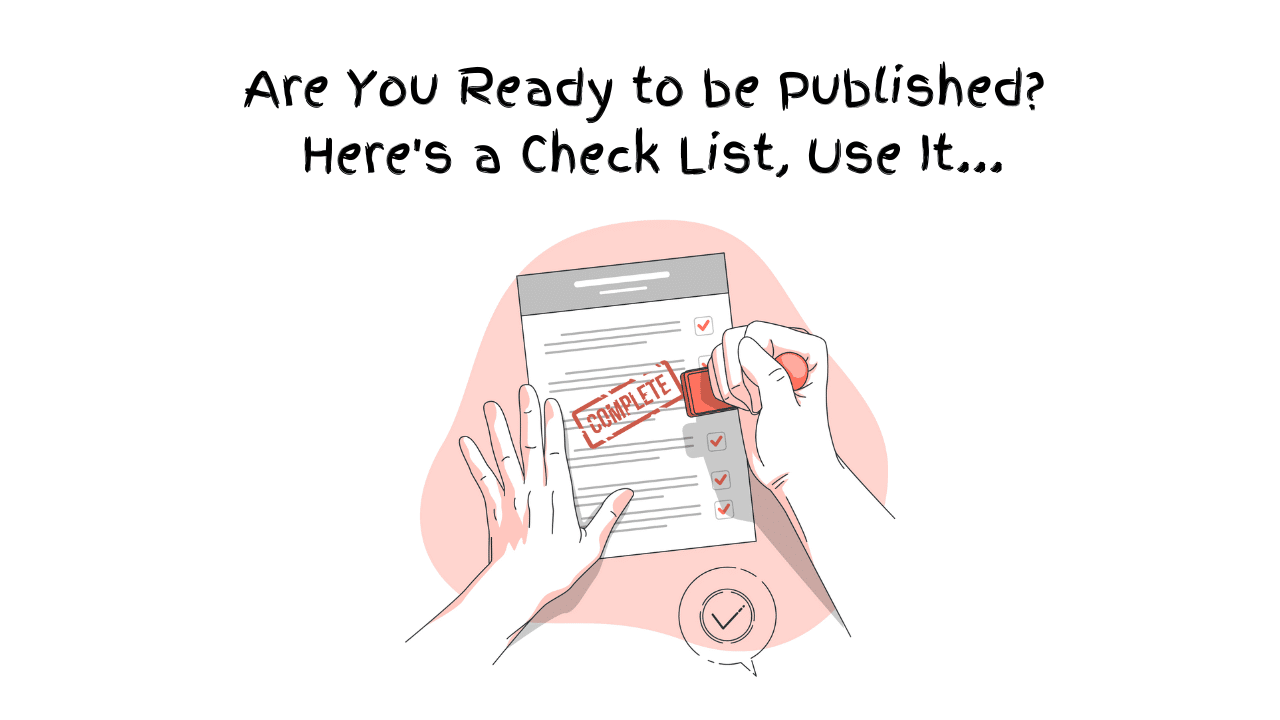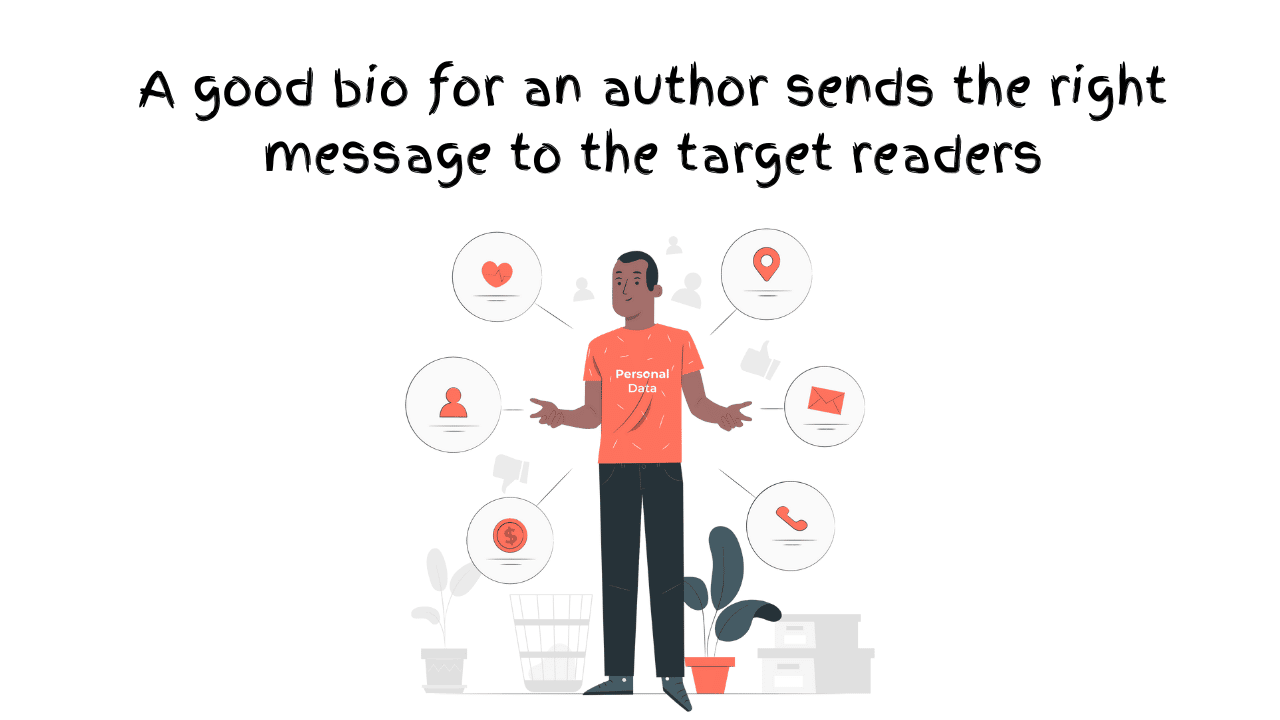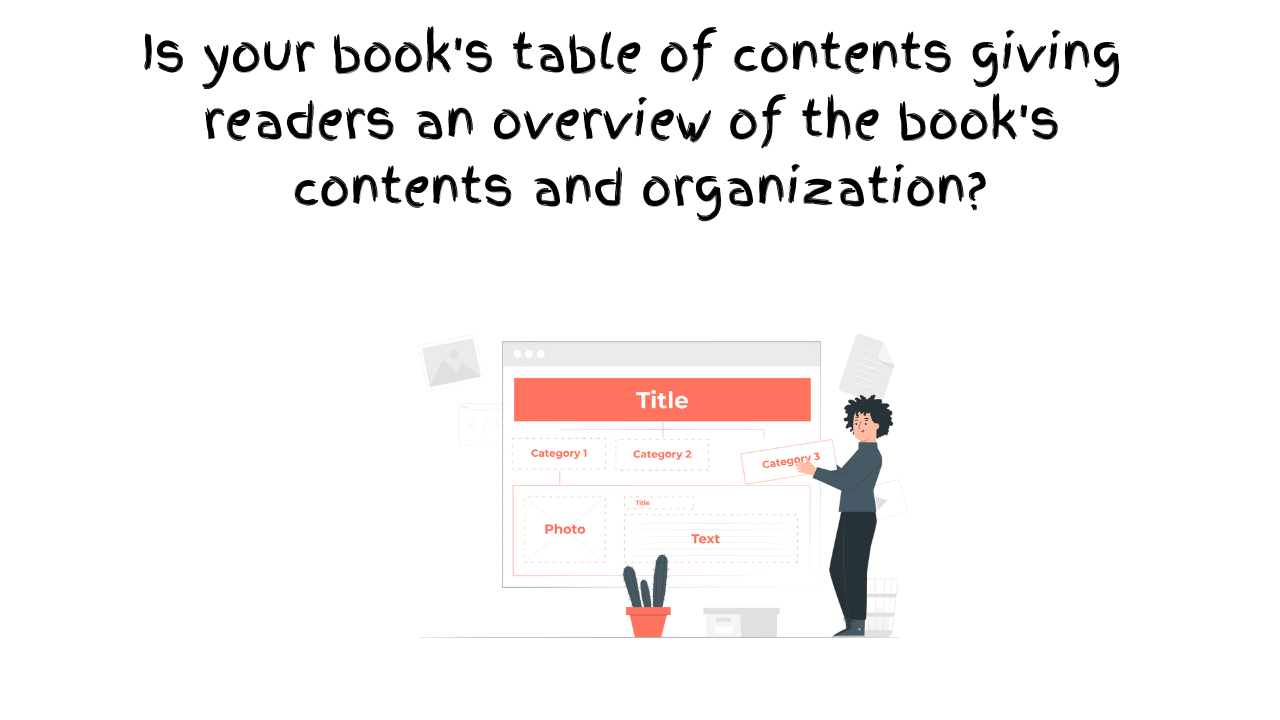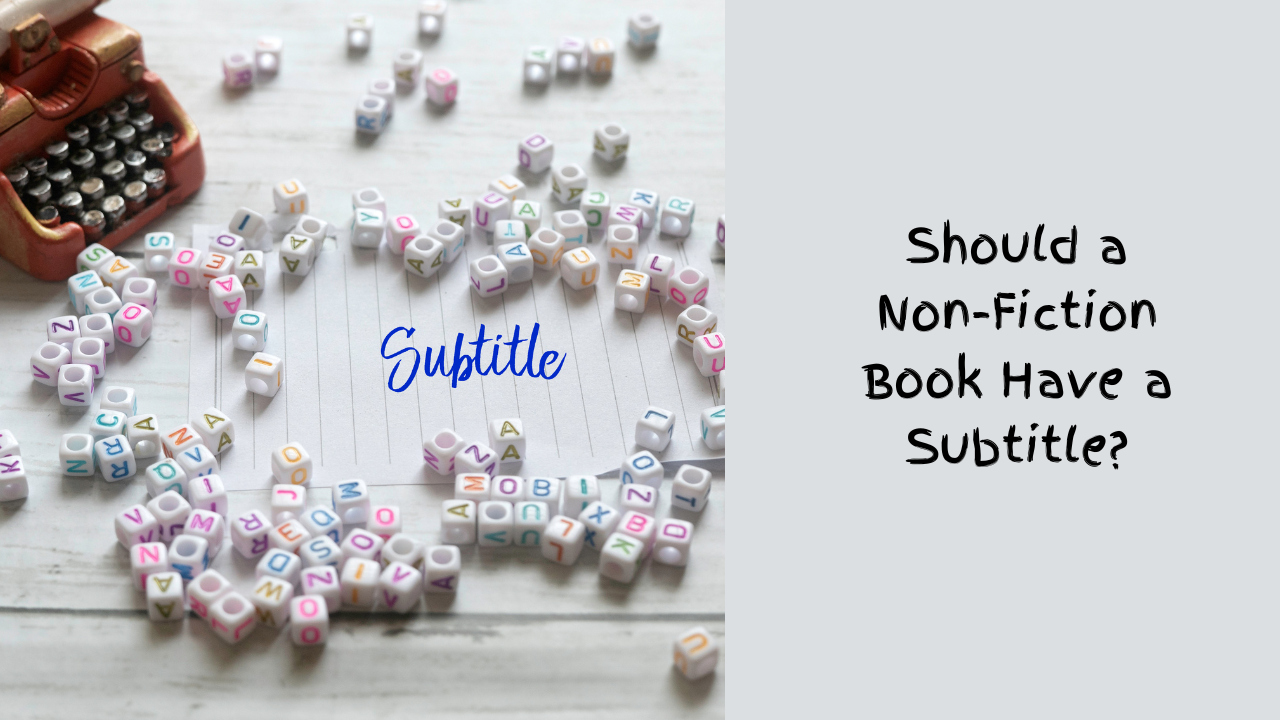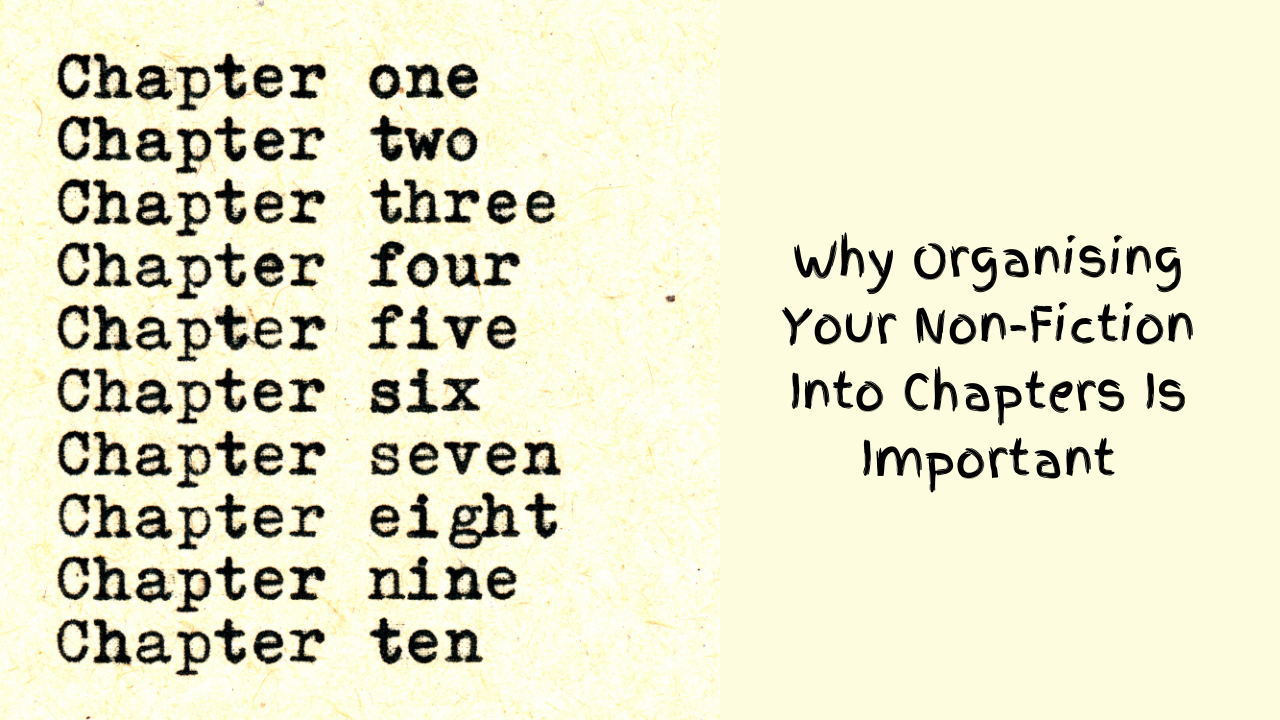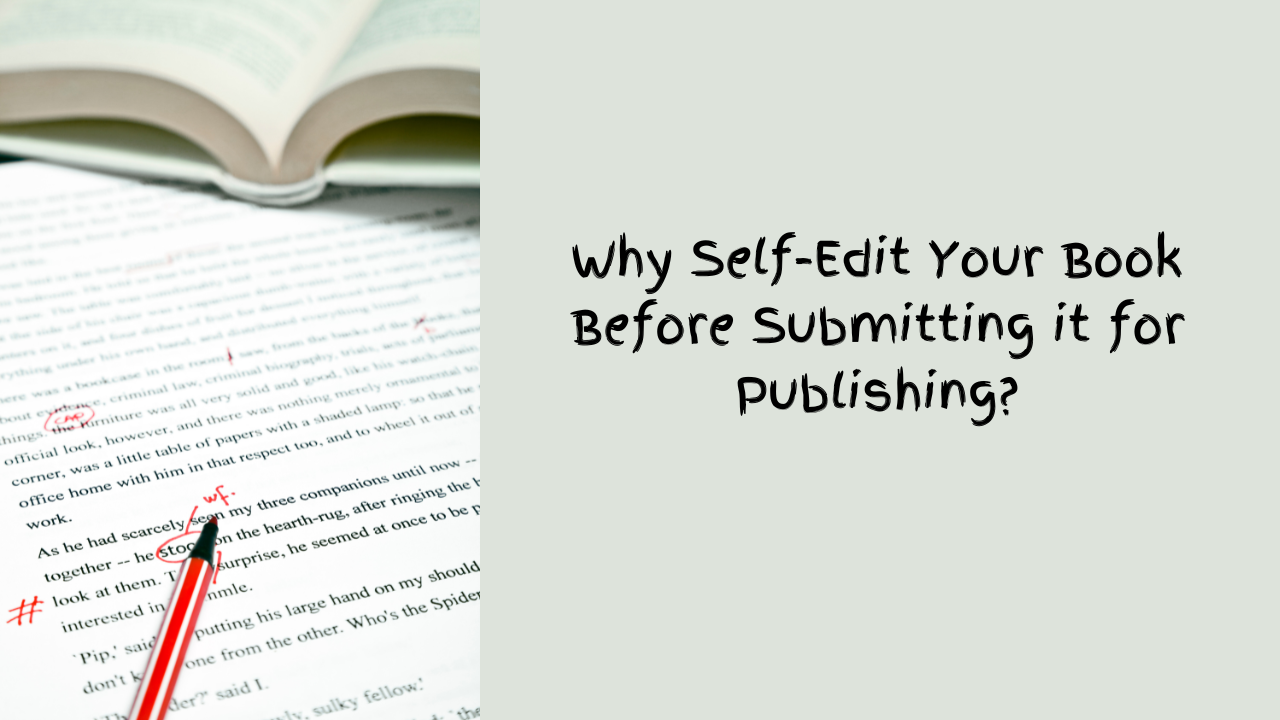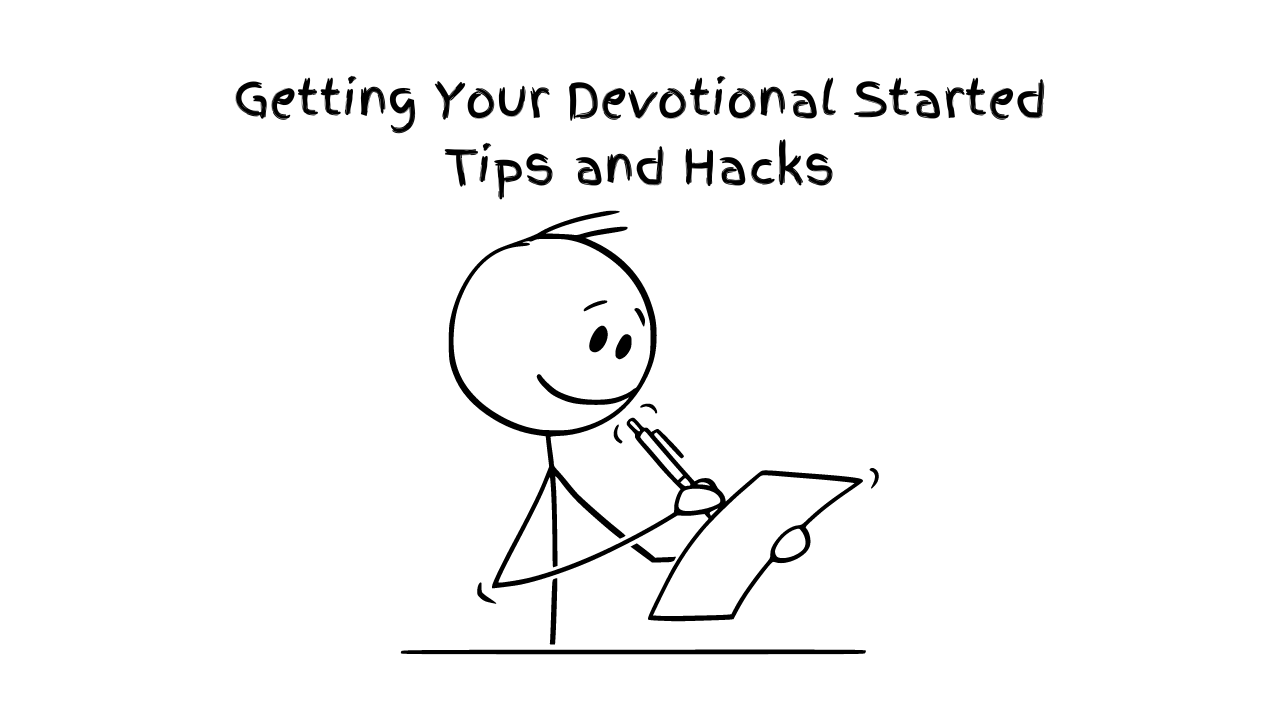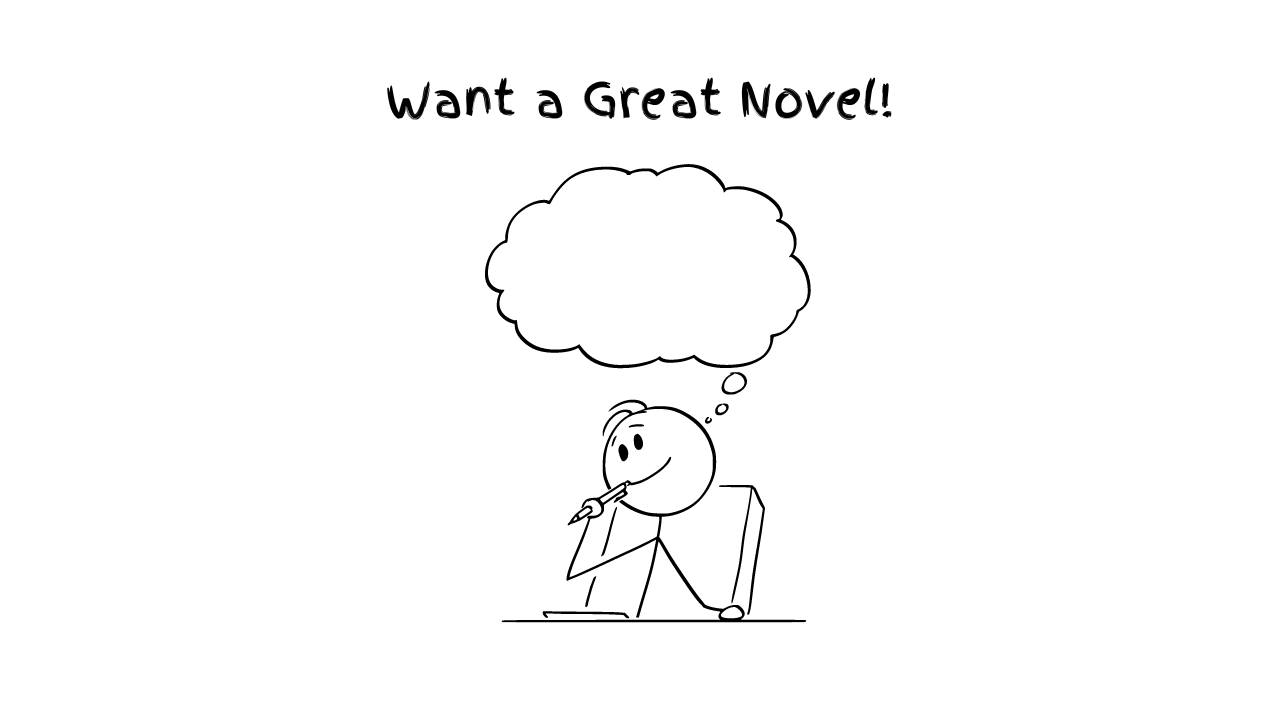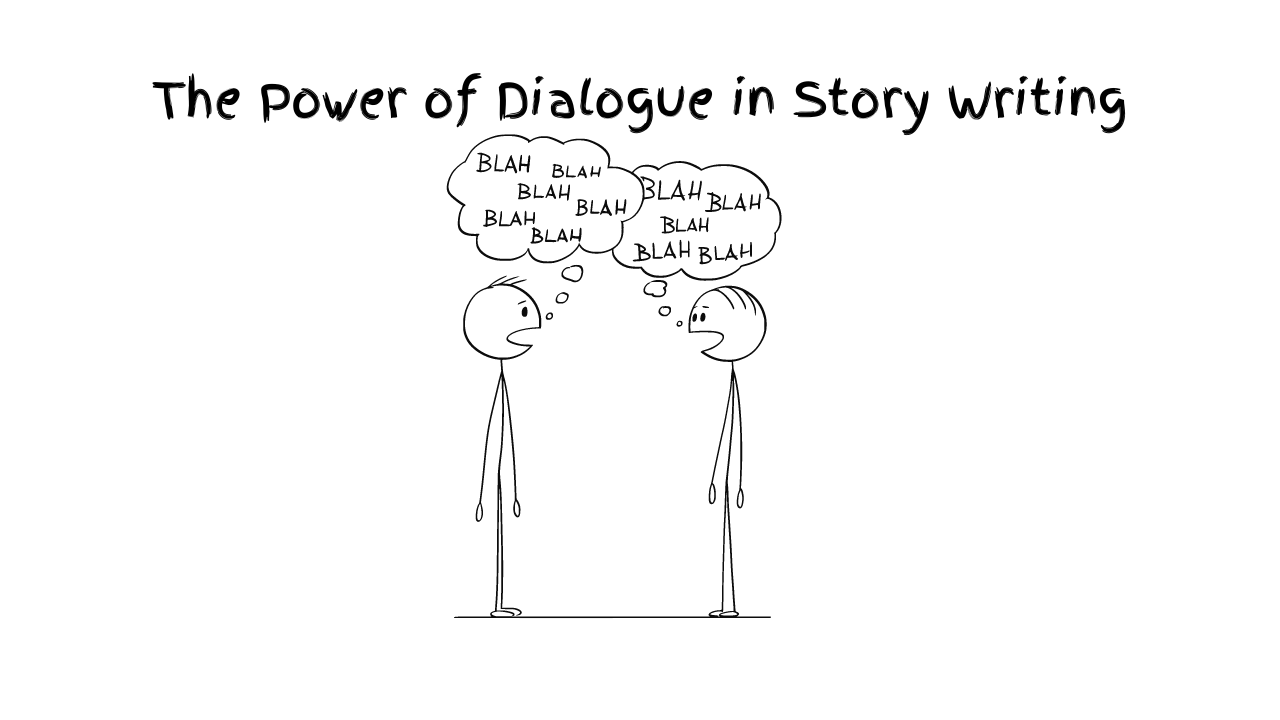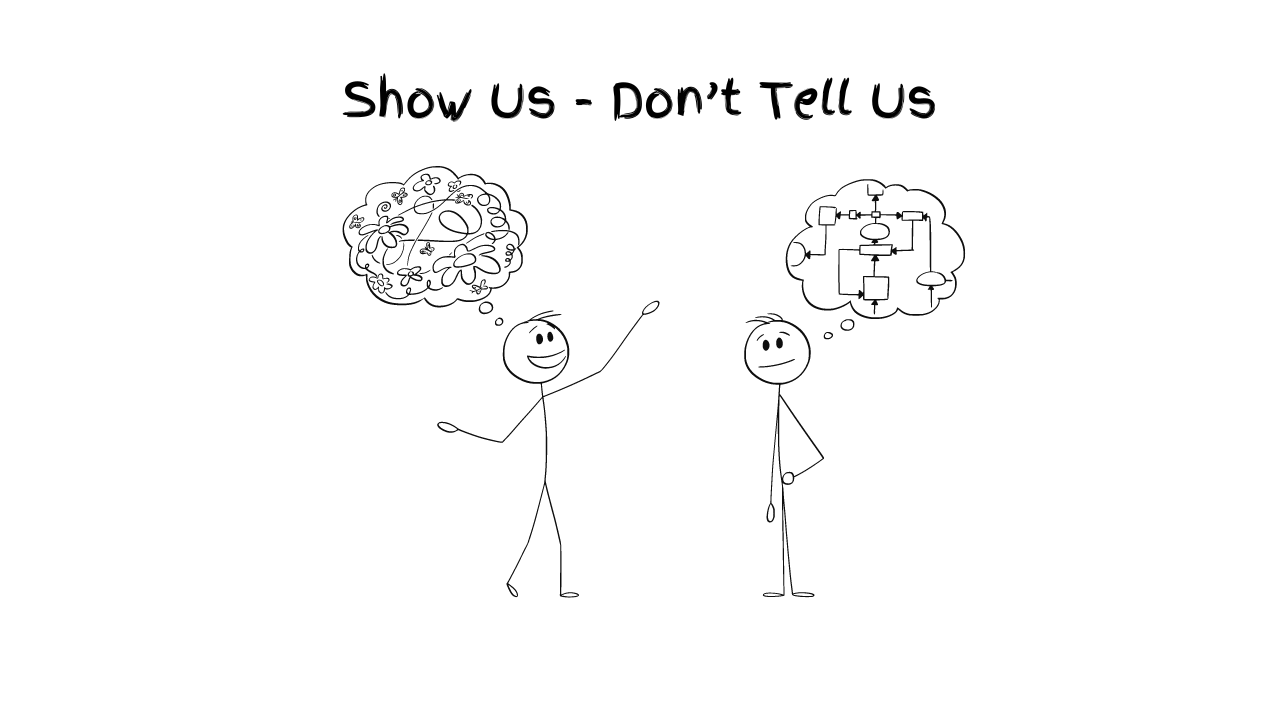As established in the previous step, finalize with the manuscript. Give it your best input because after submission you will not be able to have additional content other than what the editors request for. If you need help putting your manuscript together, join a writing class.
Why Get a Manuscript Review?
The major focus during manuscript review is the general quality of the book. It is important to establish the overall completeness, scope and readership of the manuscript and whether the presentation and accessibility of the book is suitable.
The first read-through: With the above aims, the first read-through is a skim-read. It helps form an initial impression of the manuscript and get a sense of whether the eventual recommendation will be to accept the manuscript for publishing or send the author to a writing coach or class. If the data is too raw and needs a lot of rewriting or fresh writing, it is better for the author to take time to write a fresh with the guidance of a writing mentor.
The second read-through: Even if the opinion is that a manuscript has serious flaws, ensuring a read-through the whole manuscript is critical. This is very important because there could be some really positive aspects that can be communicated to the author. This could help them with future submissions.
A full read-through also ensures that any initial concerns are indeed correct and fair and helps in deciding to publish the manuscript or send the author to a writing mentor or class.
The Review Process Answers the Following Questions:
(i) A summary of the general quality of the manuscript. Does the manuscript add new knowledge to the topic of interest? Is there clarity, accuracy, helpfulness, and accessibility of the material.
(ii) Is the manuscript well written? Is the text clear and easy to read?
(iii) Is the manuscript unique and original in any way on the topic of interest? What does it add to the subject area compared with other published books?
(iv) What is the main question addressed by the manuscript? Is it relevant and interesting?
(v) Are the conclusions/deductions consistent with the evidence and arguments presented? Do they address the main question posed?
(vi) Is the author advancing the Christian faith and establishing the centrality of Christ? If they are writing on a controversial topic, do they have a substantial case? If not, what would be required to make their case credible?
(vi) What are the manuscript’s strengths and weaknesses? It is these weaknesses that the author will be guided to work on with the help of the editor.
(vii) Who is the primary audience for the content? For what level would the published book be read? Would we envision the published book being used by others?
(viii) The table of contents. Are all the necessary topics included in the table of contents? Are there any suggestions for improving the topics or the organization?
(ix) Consistency of the chapters’ structure. The strength of publishing is in consistency – of writing style, chapter lengths and structure. For instance, if an author has reflection questions in some chapters and not others, this will be highlighted. If there is an opening quote for chapters, that should be consistent in all chapters etc.
(ix) If the paper includes illustrations, tables or figures, what do they add to the manuscripts? Do they aid understanding or are they superfluous?
(x) How would the published book fair against any available competing books?
(xi) Plagiarism: This is the practice of taking someone else’s work or ideas and passing them off as one’s own. If there is suspicion of plagiarism, including self-plagiarism, it’s important to have it raised at this stage. Most editors have access to software that can check for plagiarism.
While editors are not out to police every manuscript, when plagiarism is discovered during review phase it can be properly addressed ahead of publishing. If plagiarism is discovered only after publishing, the consequences can be worse for both authors and readers, because a retraction or republishing may be necessary. We will look further into this later.
Author’s Input to Revise and Update the Manuscript
From the feedback in this phase, your editor or book manager will come back to you with two possible outcomes:
Outcome one: Go back to a writing class or working with a writing coach. This is a good step for the manuscripts that need a lot of re-writing to be done. Do not skip the step of writing a superior manuscript – it will boost your book when finally published.
Outcome two: Updating the manuscript – your editor or book manager will share the highlights on areas you need to work on. In this phase, you can choose to work with a developmental editor to improve on your content before getting to publishing phase.
The Highlights From Review Phase Include:
(i) Missing sections that an author needs to write afresh. For most manuscripts, this includes preliminary pages – dedication, acknowledgement, foreword, introduction and conclusion (we will look at these in depth in the next stages).
(ii) Hanging stories and incomplete chapters. Sometimes writers leave a story hanging with the hope of completing it at a later time then they forget it. The review phase will highlight any stories that were left hanging and the author will be required to complete it.
If the manuscript has chapters that feel incomplete ie development of the concept, the author will be asked to complete them.
(iii) Irrelevant stories or sections. Sometimes authors get carried away with exciting stories that do not fit in the manuscript or those that do not advance the concept of the manuscript. These will need to be deleted or repurposed to fit in the manuscript’s concept.
(iv) Review of the title and subtitle. Sometimes the title and content of the book do not match or complement each other. If this is so, the review feedback will highlight this for the author to give input.
(v) Weak plot and setting.
According to Wikipedia, a plot is the sequence of events in which each event affects the next one through the principle of cause-and-effect. The causal events of a plot can be thought of as a series of events linked by the connector “and so”.
A setting is the time and geographic location within a narrative, either non-fiction or fiction. It is a literary element. The setting initiates the main backdrop and mood for a story. The setting can be referred to as story world or milieu to include a context beyond the immediate surroundings of the story.
Sometimes authors do not work on a strong plot and setting and these two can be rectified in review phase.
The purpose of manuscript review step…
…is to amplify the strengths and advise or guide the author on how to mitigate the weaknesses. At the end of the process, a superior manuscript that moves to the publishing phase is what is needed.
For more information to start the process to getting published, go to CLC Kenya’s Facilitation of Self-Publishing.
Next we will look at preliminary pages.
Training by: Dr. Muthoni Mercy Omukhango
Step1: Prepare Yourself to Get Published…
Are you ready to publish your book? Here is how you need to prepare. Have your manuscript ready and explore the oprions available today. If you are stuck in getting it started or finished, there is several ways to get help. Explore and get published today!
Read MoreStep2: Let’s Talk About Publishing
The self-publishing landscape has changed considerably in the past two decades with new technologies such as the Internet, and the $1 billion markets continuing to change at a rapid pace. Increasingly, there are numerous alternatives to traditional publishing, and self-publishing is becoming the first choice for writers.
Read MoreStep3: Factors to Consider Before Self Publishing
Jesus, while talking to the disciples about following Him, asked them to count the cost. The same Scripture applies to authors today - you have to count the cost from the beginning to ensure you don't stop at some point in your book project's journey.
Read MoreStep4: Requirements for Self Publishing
Are you ready to be published? Use our 4 points check list and tick 'Published Author' box so you can move on to the next God-given assignment...
Read MoreStep5: Publishing Steps – Review
Is your manuscript due for a review towards getting published? The major focus during manuscript review is the general quality of the book. It is important to establish the overall completeness, scope and readership of the manuscript and whether the presentation and accessibility of the book is suitable. #RaisingAfricanVoices
Read MoreStep5a: How to Write a Book Dedication
A book dedication is a way for you, the author to bestow a high honor on a person (or a group of people) you wish to praise or otherwise spotlight. This dedication note is often short and usually focused on one person (or a specific group of people). It’s supposed to be personal, rather than professional. It goes on the dedication page, which is in the very front of the book, after the title page. Here's how to write one. #RaisingAfricanVoices
Read MoreStep5b: How to Write a Book’s Foreword
A well-written foreword can function as the ultimate third-party recommendation or endorsement for your book, generating interest and helping when it’s time to market your book. Here are the benefits of forewords and a guide to writing one. #RaisingAfricanVoices
Read MoreStep5c: How to Write a Book Introduction
Are you stuck on writing your book introduction? Here's how to... Hook the reader right from the beginning with a personal story from your life, a funny story, a joke, or just an interesting fact that causes him/her to want to continue reading. #RaisingAfricanVoices
Read MoreStep5d: How to Write a Book’s Conclusion
If your readers are in the conclusion chapter, it also means they read the whole book, they liked it, and now they want you to wrap it up. So don’t rash it. Give them what they want. Here's how to write a good conclusion for your book. #RaisingAfricanVoices
Read MoreStep5e: How to Write an Author’s Bio
People are looking for reasons why they should spend their time reading what you have written. You need to instill confidence in your readers that you are knowledgeable on the subject matter by writing an appropriate bio. Here's how to write one. #RaisingAfricanVoices
Read MoreStep5f: How to Write a Book’s Blurb
A blurb is a short yet descriptive account of the book that goes on the back cover or within the book sleeve of a hardcover book. It includes any information that represents the book best and intrigues the readers and shoppers to pick the book off the shelves. Here's how to write one... #RaisingAfricanVoices
Read MoreStep5g: What to Include in the Copyright Page and Complete the Copyrighting Process
Copyright law gives creators of original material the exclusive right to further use and duplicate that material for a given amount of time, at which point the copyrighted item becomes public domain. Here's what you need to know. #RaisingAfricanVoices
Read MoreStep5h: How to Write an Acknowledgment
An acknowledgment section in a book provides the space to go into lenghty details in thanking the people who were sources of inspiration and support for your book and life. Here'show to write one. #RaisingAfricanVoices
Read MoreStep5i: How to Write a Table of Contents
A table of content shows the things that are held or included in something. In the book industry, it is a list of the chapters or sections given at the front of a book or periodical. Here's how to write one... #RaisingAfricanVoices
Read MoreStep5j: Should a Non-Fiction Book Have a Subtitle?
A book’s subtitle is a secondary title that typically follows the main title and provides additional information about the book’s content, theme, or purpose.For example, in the book “Mere Christianity” by C.S. Lewis, the subtitle is “The Case for Christianity, Christian Behavior, and Beyond,” which gives potential readers a clearer idea of the subjects covered […]
Read MoreStep5k: Why Organising Your Non-Fiction Into Chapters Is Important
A book’s chapter is a distinct section within the book that focuses on a specific topic or aspect of the overall subject. Each chapter typically serves a unique purpose and contributes to the development of the book’s main theme or narrative. Here are some key characteristics of chapters: Organizes Content: Chapters help structure the book’s […]
Read MoreStep5l: Why Self-Edit Your Book Before Submitting it for Publishing?
Self-editing of creative books involves reviewing and revising your own manuscript to improve its clarity, coherence, and overall quality before submitting it for professional editing or publishing. This process is crucial for refining the content and ensuring that the book effectively communicates its message.Self-editing requires careful attention to detail and a critical eye to spot […]
Read MoreStep6a: How to Write a Devotional
A devotional book is a literary work designed to provide spiritual inspiration, guidance, and reflection for readers seeking to deepen their faith and relationship with God.
Read MoreStep6b: How to Write a Captivating Novel
A great novel is a complex interplay of various elements, but some key components often contribute to its greatness.
Read MoreStep6c: How to Use Dialogue in Story Writing
Effective dialogue is characterized by authenticity, clarity, and relevance to the story. It should sound natural and believable, reflecting the unique voices and perspectives of the characters. Dialogue tags, such as "said," "asked," and "replied," help identify speakers and maintain clarity in conversations.
Read MoreStep6d: How to Use ‘Show Don’t Tell’ in Story Writing
"Show don't tell" is a fundamental principle in storytelling that encourages writers to use descriptive language, actions, dialogue and scenes to reveal information to the reader, rather than simply telling them outright.
Read MoreStep6e: How to Elevate a Non-fiction Christian Book to Make it Personal and Engaging
"Show don't tell" is a fundamental principle in storytelling that encourages writers to use descriptive language, actions, dialogue and scenes to reveal information to the reader, rather than simply telling them outright.
Read MoreStep6f: Ethical ways to use other people’s public stories in a non-fiction Christian book
"Show don't tell" is a fundamental principle in storytelling that encourages writers to use descriptive language, actions, dialogue and scenes to reveal information to the reader, rather than simply telling them outright.
Read MoreStep6g: How to overcome the challenge of mixed languages in writing a manuscript
"Show don't tell" is a fundamental principle in storytelling that encourages writers to use descriptive language, actions, dialogue and scenes to reveal information to the reader, rather than simply telling them outright.
Read MoreStep6h: How to Peer Review Fiction and Non-Fiction Christian Literature Manuscripts
Here are some tips for effectively peer reviewing such a manuscript:
Read MoreStep7a: The Art of the Author Photo: Essential Specs for a Professional and Polished Image
Professional photos on a book’s back page play a crucial role in an author’s branding and marketing strategy.
Read MoreTerms and Conditions for Traditional Publishing/Adapting Existing Books into Other Versions
At the moment, call for manuscript submission is on invite only. Please bear with us until a public call is made. 1. Overview This agreement sets forth the terms and conditions for the adaptation of an existing book into a different version by CLC Kenya/ACABA. The goal of this adaptation is to expand the reach […]
Read More

